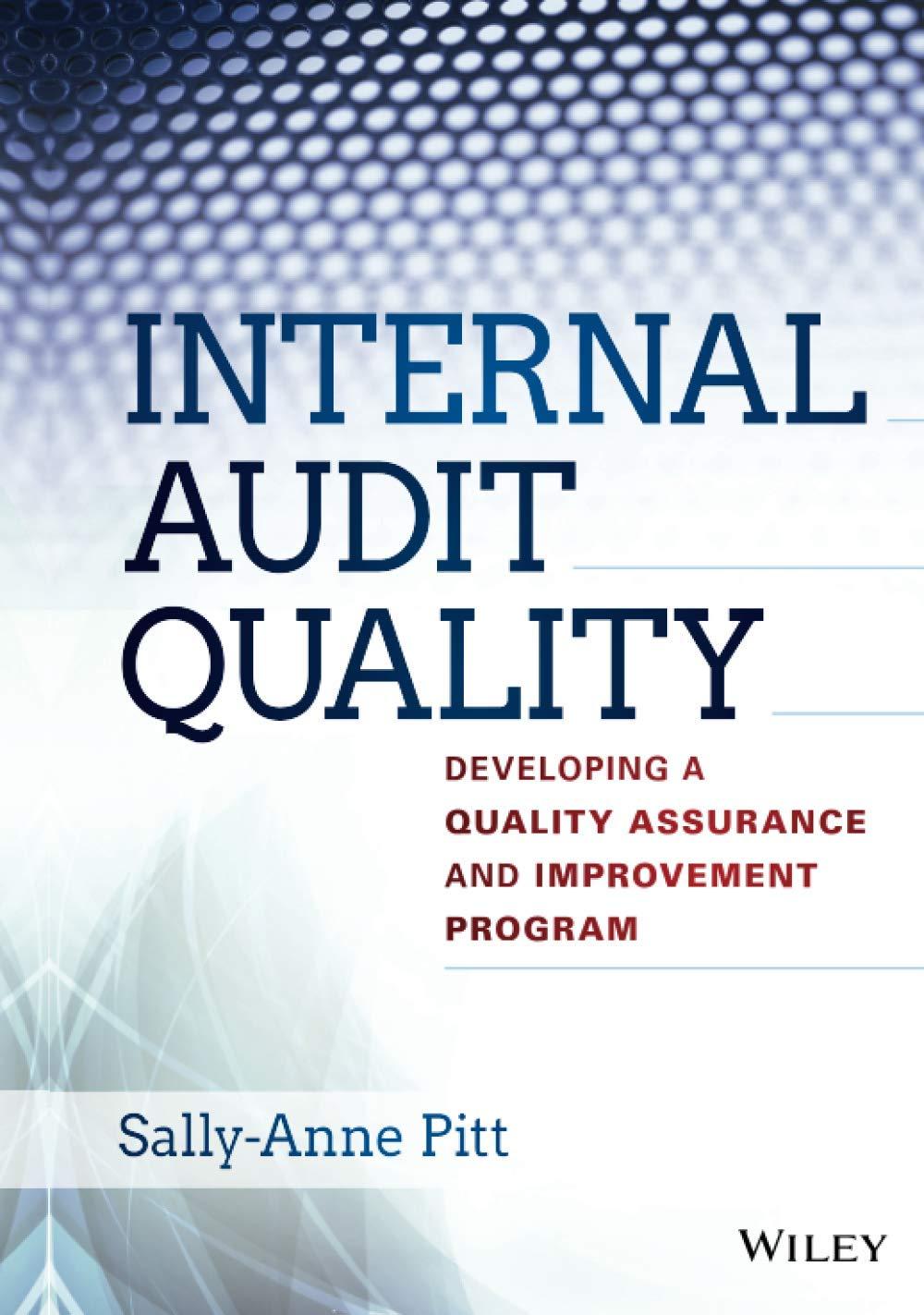Answered step by step
Verified Expert Solution
Question
1 Approved Answer
please answer the following The Boston Beer Company Inc. (SAM) produces Samuel Adams beer and other alcoholic beverages. Boston Beer report the following operating information
please answer the following 


Step by Step Solution
There are 3 Steps involved in it
Step: 1
To solve this problem we need to calculate the breakeven point for both The Boston Beer Company and ...
Get Instant Access to Expert-Tailored Solutions
See step-by-step solutions with expert insights and AI powered tools for academic success
Step: 2

Step: 3

Ace Your Homework with AI
Get the answers you need in no time with our AI-driven, step-by-step assistance
Get Started


